-
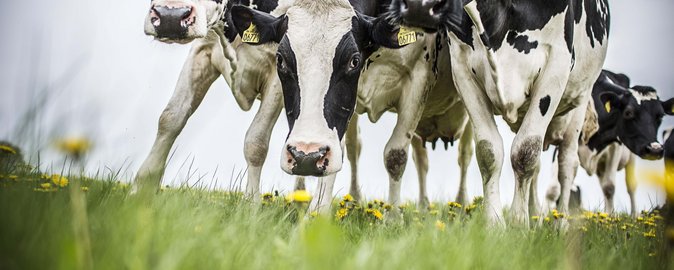
The importance of cattle to climate, land use and nutrition
An article in the scientific journal “Foods” describes various Danish dietary patterns and their impact on carbon footprint, land use and nutrition, focusing on the importance of beef in various dietary patterns. The article is based on an analysis of the production of different beef ...Read more -
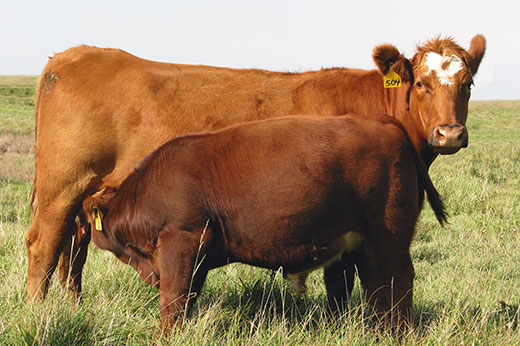
Targeting optimum cow size
Genetics, feed resources and calf marketing windows are just some of the influencing factors that determine the optimum size for cows to grow, according to the Kansas State University Beef Cattle Institute’s team of experts. Defining the optimum cow size was a discussion topic on the recent BCI C...Read more -
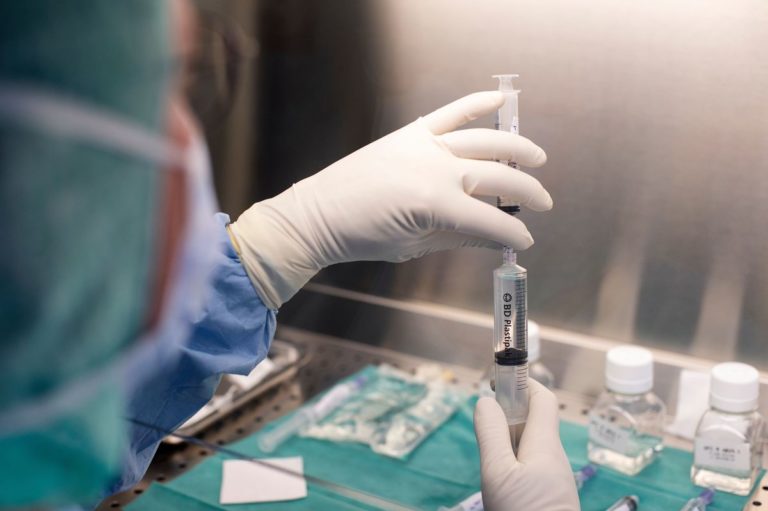
Study ‘Hidden’ genes could be key in development of new antibiotics
A study from the Center for Phage Technology, part of Texas A&M’s College of Agriculture and Life Sciences and Texas A&M AgriLife Research, shows how the “hidden” genes in bacteriophages — types of viruses that infect and destroy bacteria — may be key to the development of a new class of ...Read more -
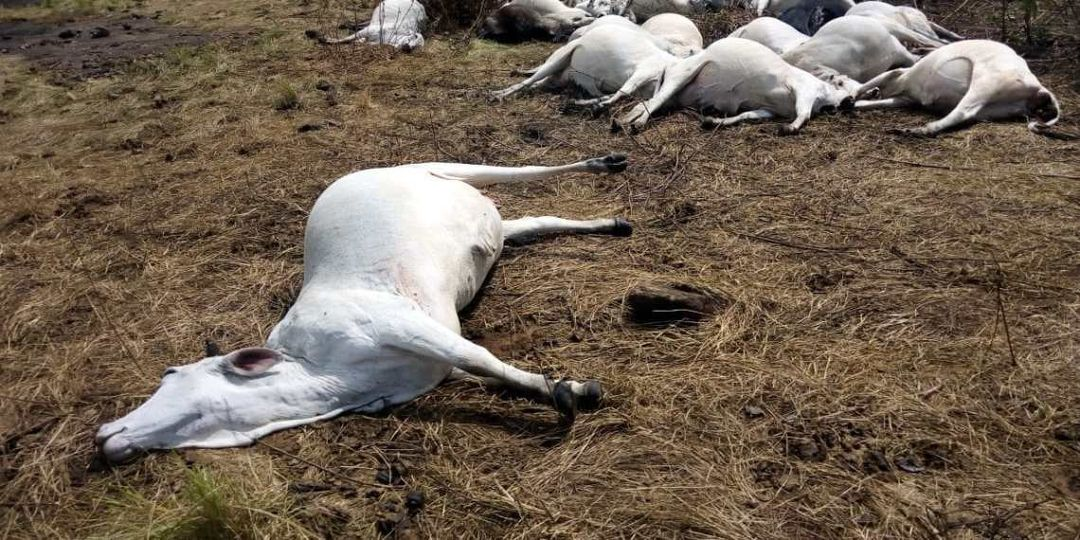
STRANGE DISEASE KILLING LIVESTOCK IN THARAKA NITHI
Farmers in Tharaka Nithi County, are counting losses after a mysterious disease killed at least 50 cows in Tharaka area in a span of one month. The disease is said to have started in Kiagu area and is rapidly spreading across Turima Location especially after the onset of the ongoing rains. The fa...Read more -
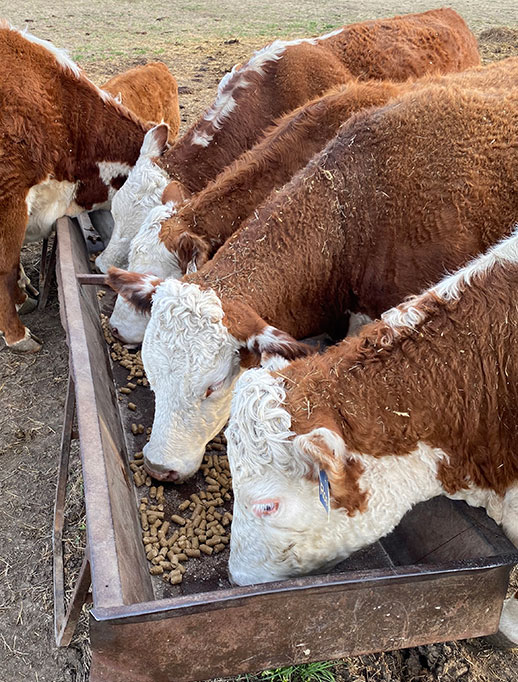
Spring grazing management for beef cattle
Beef cattle grazing on lush, green pastures is a common sight when driving through the Kansas Flint Hills in the late spring. Experts from Kansas State University’s Beef Cattle Institute discussed steps for managing the spring grazing season recently on the weekly podcast Cattle Chat. K-State bee...Read more -
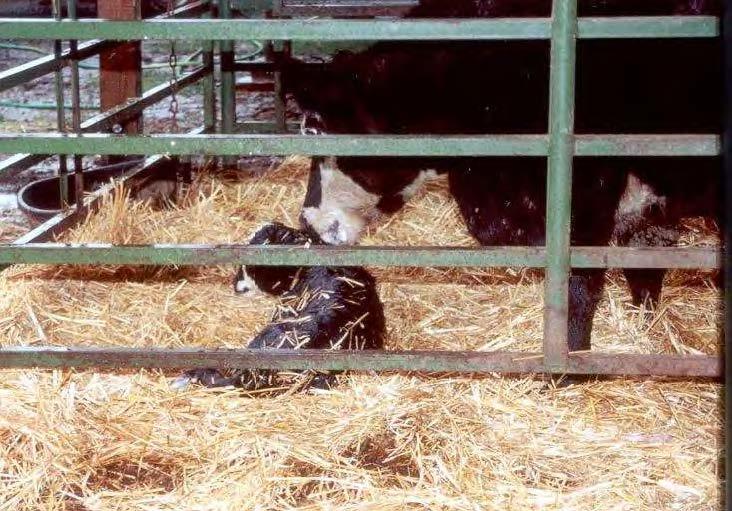
Ready for Calving
Winter and spring calving times are just around the corner. This article provides information on preparing for calving. Part of the information was taken from the OSU Calving Handbook Support Team and Proper Facilities It is always best to work with your veterinarian and other people with experie...Read more -
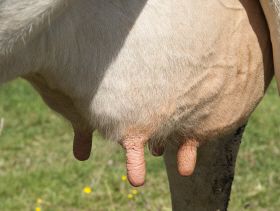
Protect herd health and productivity with PCR
Because bovine mastitis can cause significant economic losses year over year, farmers and veterinarians need quick and accurate diagnostic results to identify the mastitis-causing pathogen(s) so they can quickly develop an action plan to minimize loss of milk, duration of treatments and spread of...Read more -

Height in humans is genetically similar to height in cattle
There is a strong evidence for similarity in the biology of height across humans and cattle, as 39% of the genes associated with height in cattle were also found to be associated with height in humans. This is the result of research conducted by Wageningen University & Research (WUR). It is c...Read more -
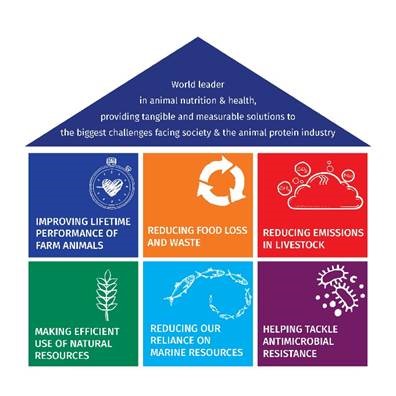
DSM’s reducing emissions from livestock sustainability platform resonates with industry change
Animal farming accounts for a significant amount of all greenhouse gas (GHG) emissions. This has placed tremendous stress on the planet’s natural resources when there is an urgent need to greatly reduce GHG emissions by 2050 to avert global warming. To help tackle this issue, DSM Animal Nutrition...Read more -
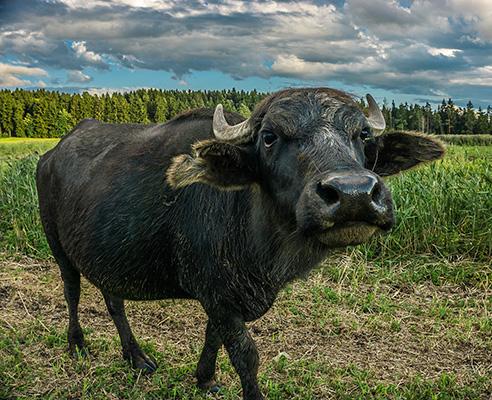
Domestication insight could aid livestock development
The genetic makeup of water buffalo and cattle responded to breeding for human use in similar ways, study shows. Similarities in how water buffalo and cattle have responded to human domestication, through selective breeding, could aid the development of more productive, healthy livestock. Domesti...Read more -
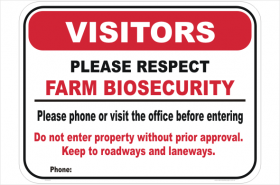
Creating a biosecurity plan for my dairy farm
Biosecurity is an everyday practice on most pig and poultry operations, but is it standard practice on your dairy farm? We spoke to the team at Neogen to learn more about biosecurity best management practices. Why is biosecurity important on livestock farms? Disease may not always be apparent esp...Read more -
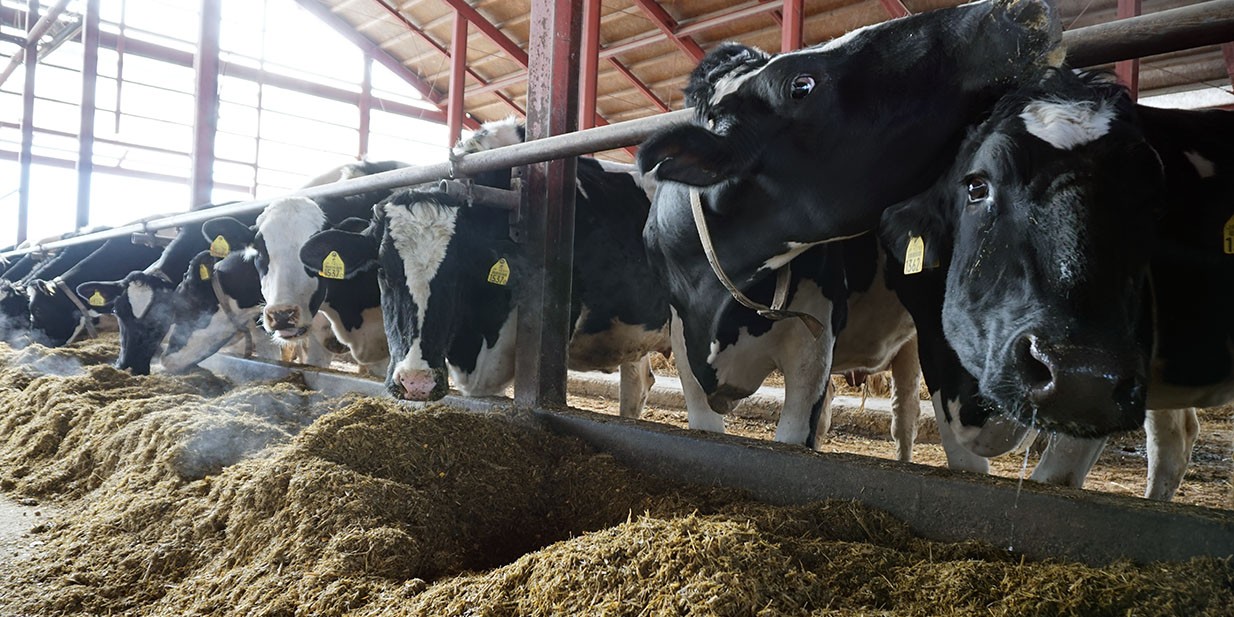
Calcium added to acidified prepartum diets for dairy cows benefits future reproduction
Achieving an appropriate calcium balance in dairy cows is critical near calving, but not only to ensure a healthy transition to lactation. According to a new study from the University of Illinois, calcium added to acidified prepartum diets can improve a whole suite of postpartum outcomes, includi...Read more -
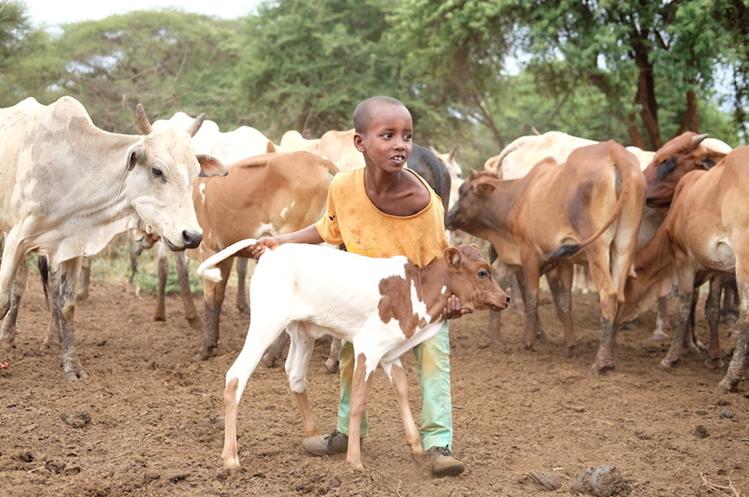
African agriculture is ready for a digital revolution
In an editorial published by the Thomson Reuters Foundation, Akinwumi Adesina and Patrick Verkooijen explain that Africa’s food systems must become more resilient to future shocks like droughts, disease and floods. Food production must increase sustainably and counties must reduce their reliance ...Read more -
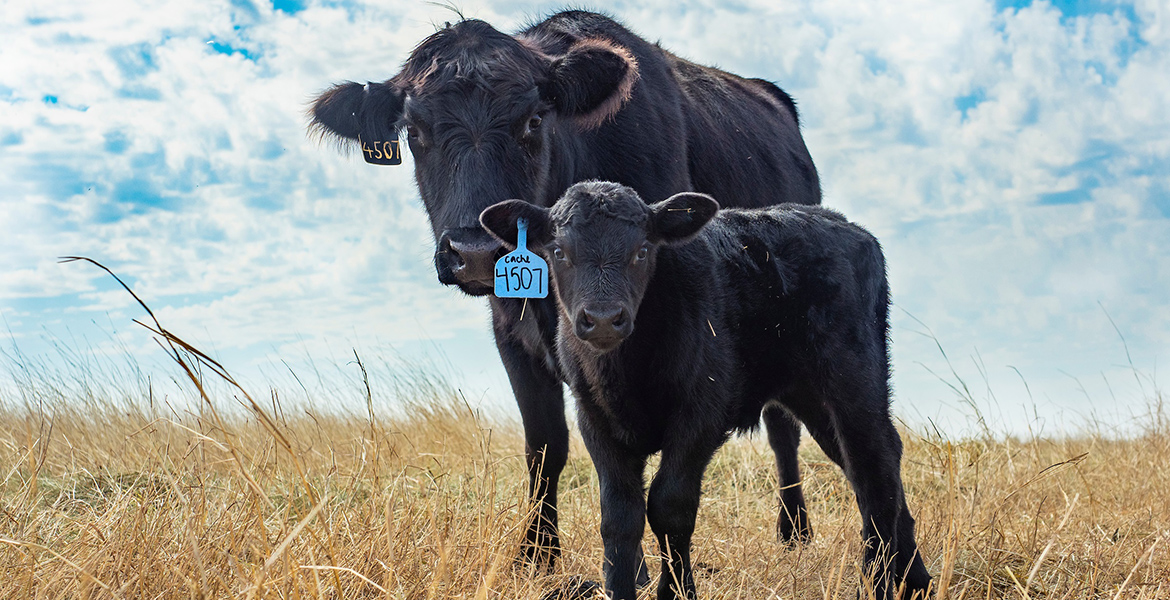
Remember proper injection sites when working calves
Many cow-calf operators are in the process of or getting ready to castrate male calves, immunize every calf against blackleg and respiratory diseases, and in some situations, booster yearlings. Correct administration of any injection is a critical control point in beef production and animal healt...Read more -
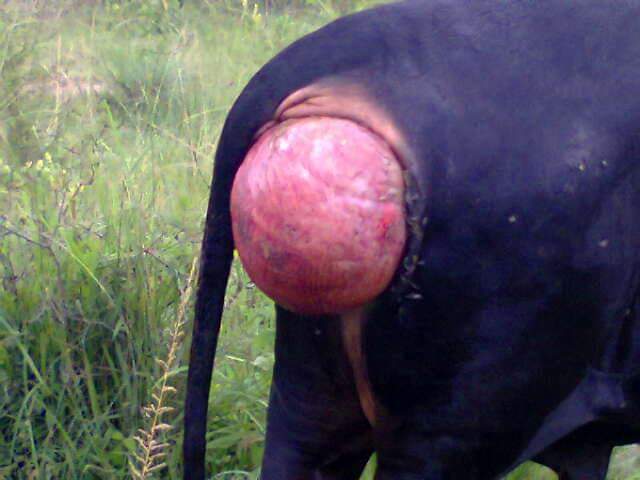
Managing Prolapses in Cows
With spring calving season approaching, many ranchers will have to deal with the dreaded uterine and vaginal prolapse. Both prolapses are closely associated with calving, but each has very distinct causes and occurs at different times. It is important to recognize what type of prolapse you are de...Read more -
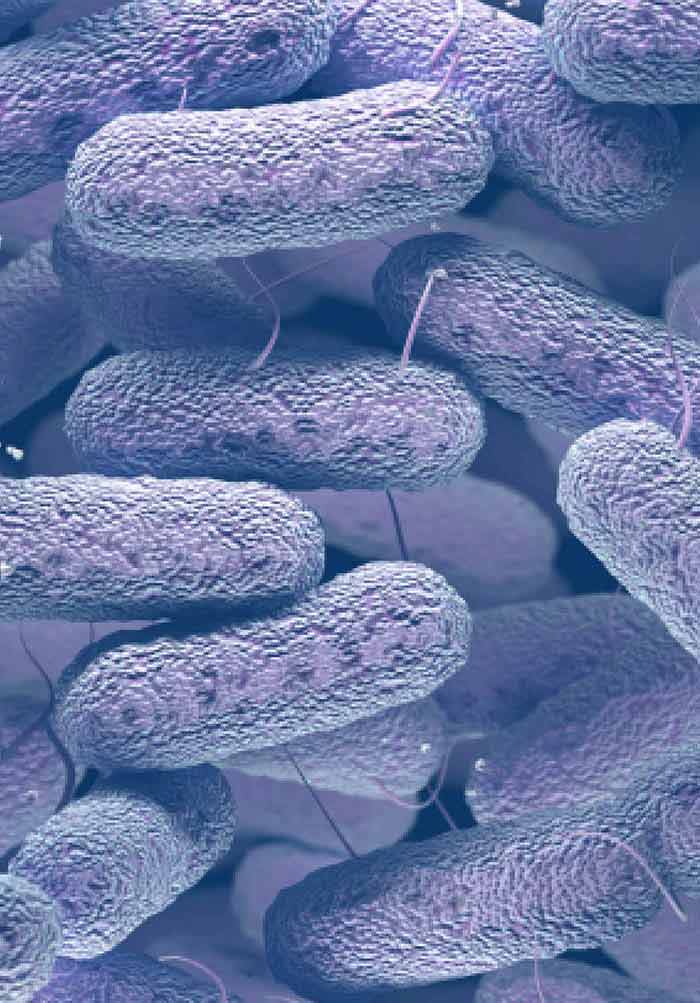
Dairy Farms Biosecurity Protecting against Infectious Diseases and Antibiotics Overuse
Biosecurity is a key element in the battle against antibiotic resistance. The goals of biosecurity are focused not only on the reduction or prevention of the introduction of new diseases from outside sources but also on the reduction or prevention of the movement of infectious diseases on the far...Read more -
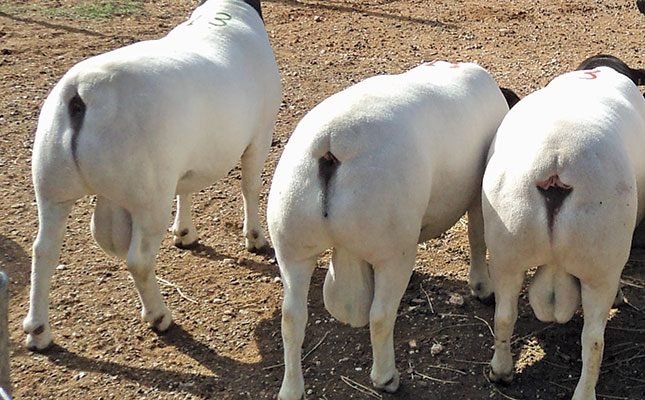
Watch out for epididymitis
Epididymitis, sometimes called ram’s disease, is a contagious sexually transmitted disease in sheep caused by the Brucella ovis bacterium. It leads to inflammation of the testicles in rams, and infertility. While most bulls are tested for fertility and sexually transmitted diseases, relatively fe...Read more -
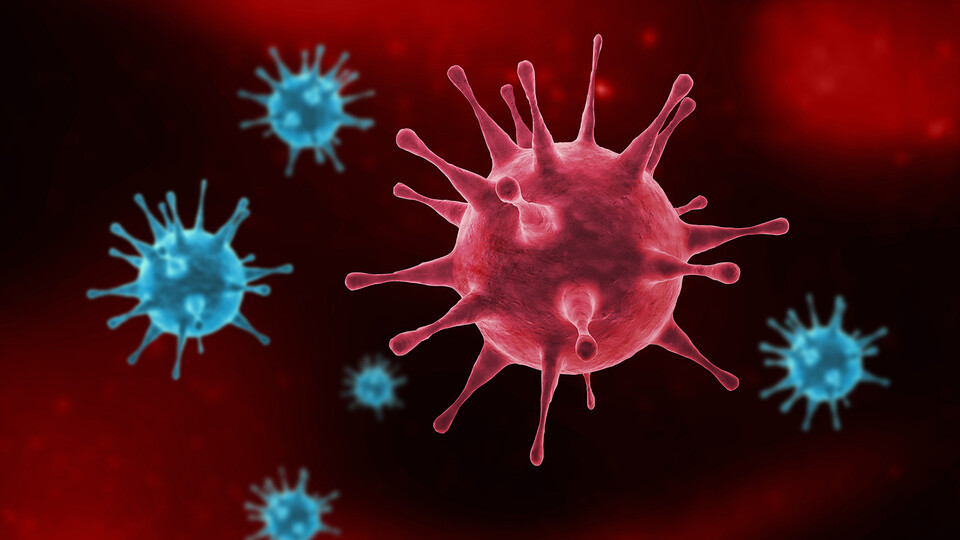
Vaccine shows signs of protection against dozen-plus flu strains
That’s when the H1N1/09 swine flu emerged, eventually infecting upwards of 1.4 billion people — nearly one of every five on the planet at the time. True to the name, swine flus jump to humans from pigs. It’s a phenomenon that has been documented more than 400 times since the mid...Read more -
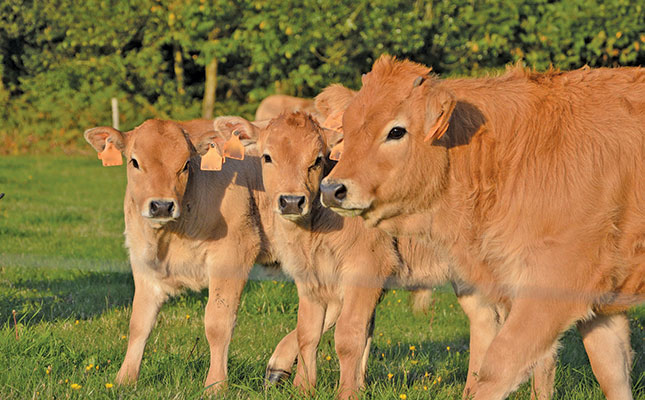
The importance of having a breeding season
Having a breeding (and calving) season can optimise the reproductive performance of a breeding herd and the pre-wean growth rate of calves. This, in turn, can profoundly influence the profit margin of a beef cattle enterprise. The aim of a breeding season is to get the maximum number of female an...Read more -
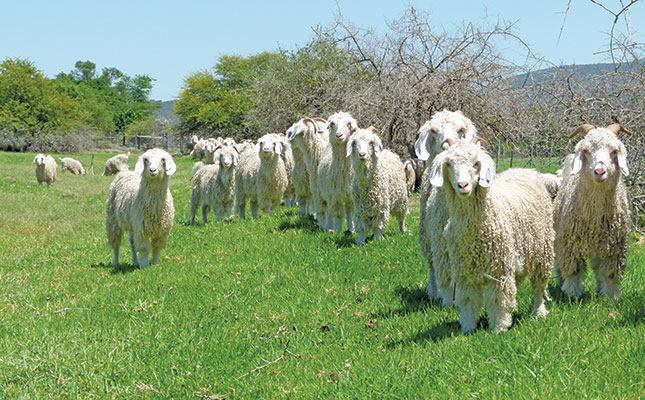
The fertility factor in mohair success
Paul Webber can look back on a memorable 2019 mohair season. He not only achieved the highest price of R621/kg for a bale of 24-micron good-style kid mohair in April, but ended up being awarded the Daidoh Trophy for the highest average price for a summer kid clip. Having won the same trophy in 20...Read more -
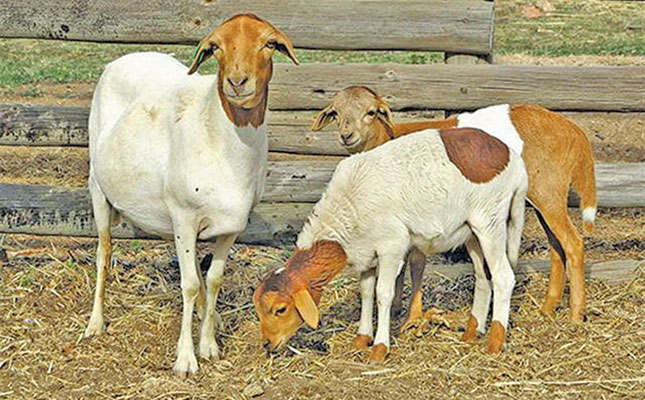
The basics of the Bapedi breed
The fat-tailed Pedi sheep arrived in South Africa between 200CE and 400CE with the Bapedi people, who migrated southwards into Limpopo and settled in the area south of the Soutpansberg. In the mid-1980s, an effort was made to ensure the survival of this indigenous breed by establishing two flocks...Read more -
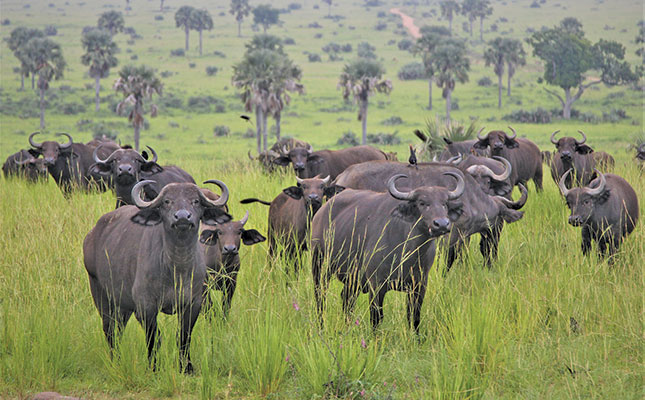
The basics of foot-and-mouth disease
Foot-and-mouth disease (FMD) is caused by a virus found in the body secretions of infected animals; these include saliva, urine, faeces and milk, and even the air breathed out by them during sneezing or snorting. Animals become infected with FMD when ingesting the virus from these secretions. In ...Read more -
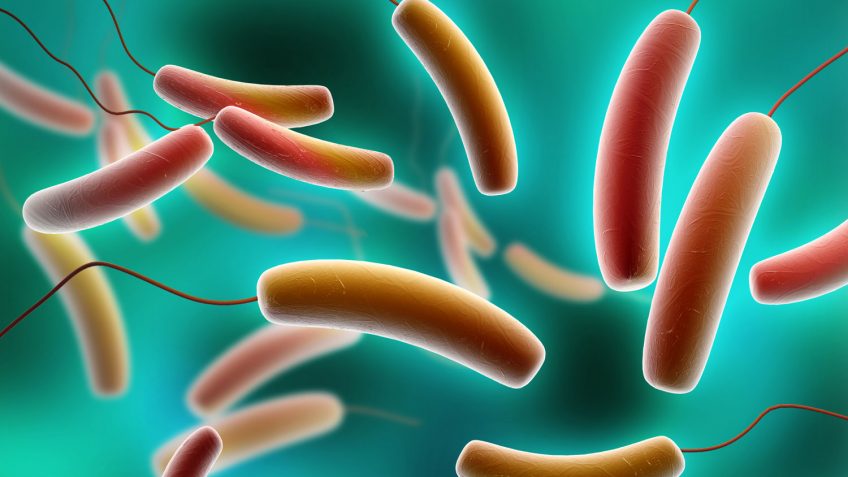
Research pinpoints unique drug target in antibiotic resistant bacteria
Researchers have identified a critical mechanism that allows deadly bacteria to gain resistance to antibiotics. The findings offer a potential new drug target in the search for effective new antibiotics as we face the growing threat of antimicrobial resistance (AMR) and infections caused by bacte...Read more -
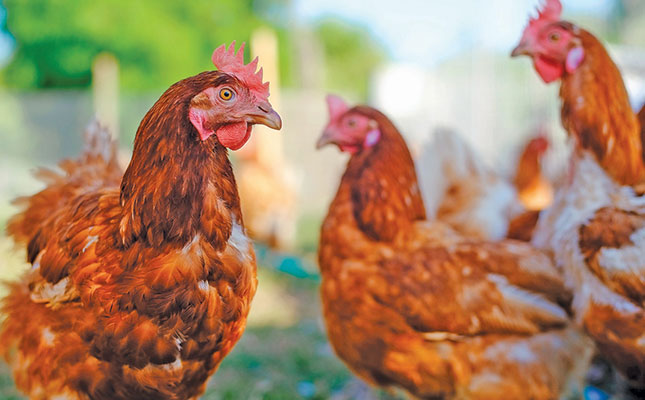
Reduce heat stress in poultry with vitamin C supplementation
When a chicken faces extreme conditions such as excessive heat, its body’s defence mechanisms kick in, resulting in stress. Other stressors include a very low ambient temperature, a high ammonia level in the poultry house, dehydration, infection, overcrowding and rough handling. Reactions to heat...Read more

